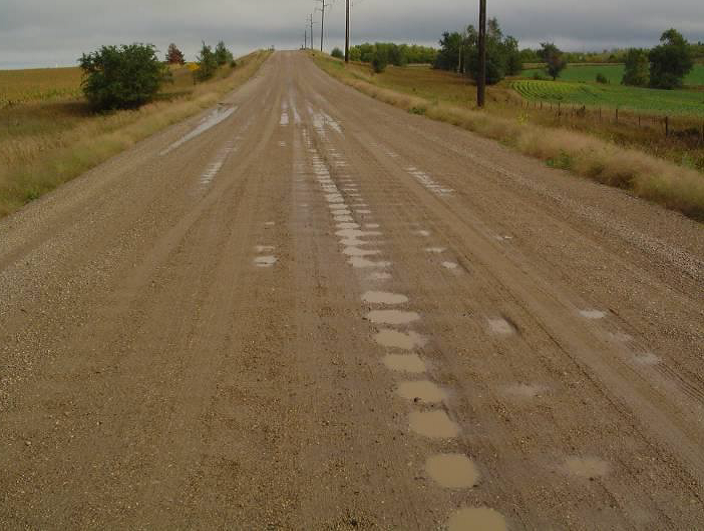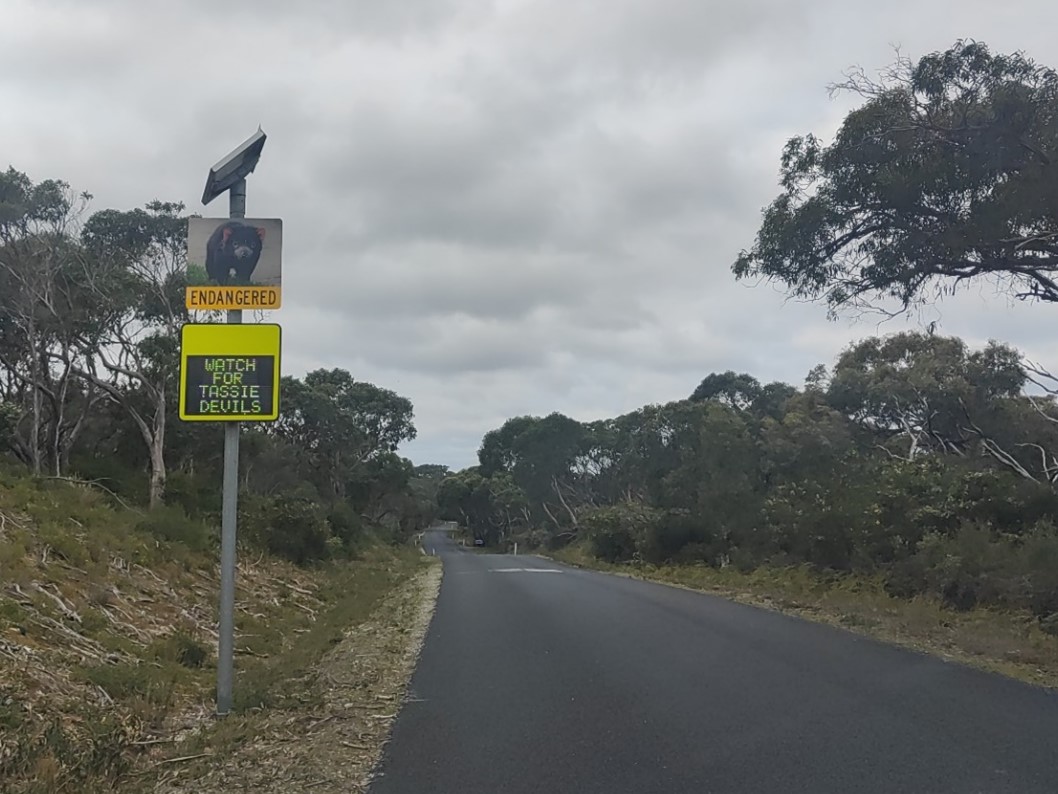Managing Unsealed Roads – By David Sutcliffe
Why tolerate pot holes on unsealed roads?
Pot holes are the Roads equivalent to a canary in a coal mine. They are a direct indicator of asset maintenance performance.
Roads such as the one depicted in the photo will be the source of many resident’s complaints. Pot holes can largely be eliminated with good asset maintenance practices.
Managing unsealed road problems requires an organisation response. Due to the size of an unsealed road network, changes will take many years to be completed. A written strategy is essential to ensure long term commitment and survival past staff changes.
The responsibility to address asset issues is shared across the organisation as follows:
- Senior management/Council – allocating sufficient resources to maintain the roads
- Staff – training staff in current technical approaches and applying the learnings,
- Surveillance/ inspections – ensuring the agreed practices and strategy are followed and maintained into the future.
- Asset management staff monitoring the condition of the road infrastructure including depth of gravel wearing course remaining and traffic volumes on each road.
Often the grader driver is criticised for poor grading practices and while this can be a factor, often the roads have been run down to the extent that there is no wearing surface left for the grader to grade.
Why should we even care about unsealed roads:
- Unsealed roads represent at least 50 % of the transport network in Australia.
- The cost to maintain an unsealed network is considerable and over an extended period, is similar to the costs of maintaining the sealed road network.
- They are essential to many property owners to access their property
- Unsealed roads represent a high risk of denial of access for property owners. They are subject to rapid deterioration with adverse weather conditions,
- They cause damage to the resident’s vehicles,
- They are important for emergency services, deliveries, Council services, access to education and in fact all services required by a community.
- The unsealed roads will normally generate most of the complaints from the community in a rural community.
To determining if an annual expenditure on unsealed roads is too much, not enough or not utilised well, will requires an individual assessment. Considerable pot holing will however be a prime indicator that more attention is required to the issue. A full review would evaluate the key factors listed below.
Key factors impacting performance of unsealed roads
The following key factors should be used to evaluate the condition of unsealed roads.
- The cross-sectional form:
- Road cross-slope graded too flat,
- Lack of road culverts or blocked culverts,
- Lack of table drains and side drains,
- Geometric design
- Curve radii too sharp,
- Road widths not suited to the traffic volume being experienced,
- Poor road design at the transition from a sealed road to a gravel road,
- Traffic characteristics impacting pavement strength
- Traffic volume and traffic speed too high for road,
- Type of traffic (heavy vehicles particularly in winter),
- Pavement makeup
- The depth and strength of the pavement subgrade,
- The remaining depth of the wearing course,
- The quality of the gravel materials being used on the roads,
- Maintenance practices
- Frequency of grading,
- The road grading techniques used,
- The level of compaction of freshly graded and re-sheeted roads,
- Frequency and quality of inspections and adequacy of the maintenance response,
- Routine attendance to maintenance such as the clearing of silted and blocked table drains and culverts,
- Management of private property access to road which often change the road characteristic and block drainage paths and altering pavement grades.
Reviewing these key factors is a good place to begin analysing the asset management practices.



